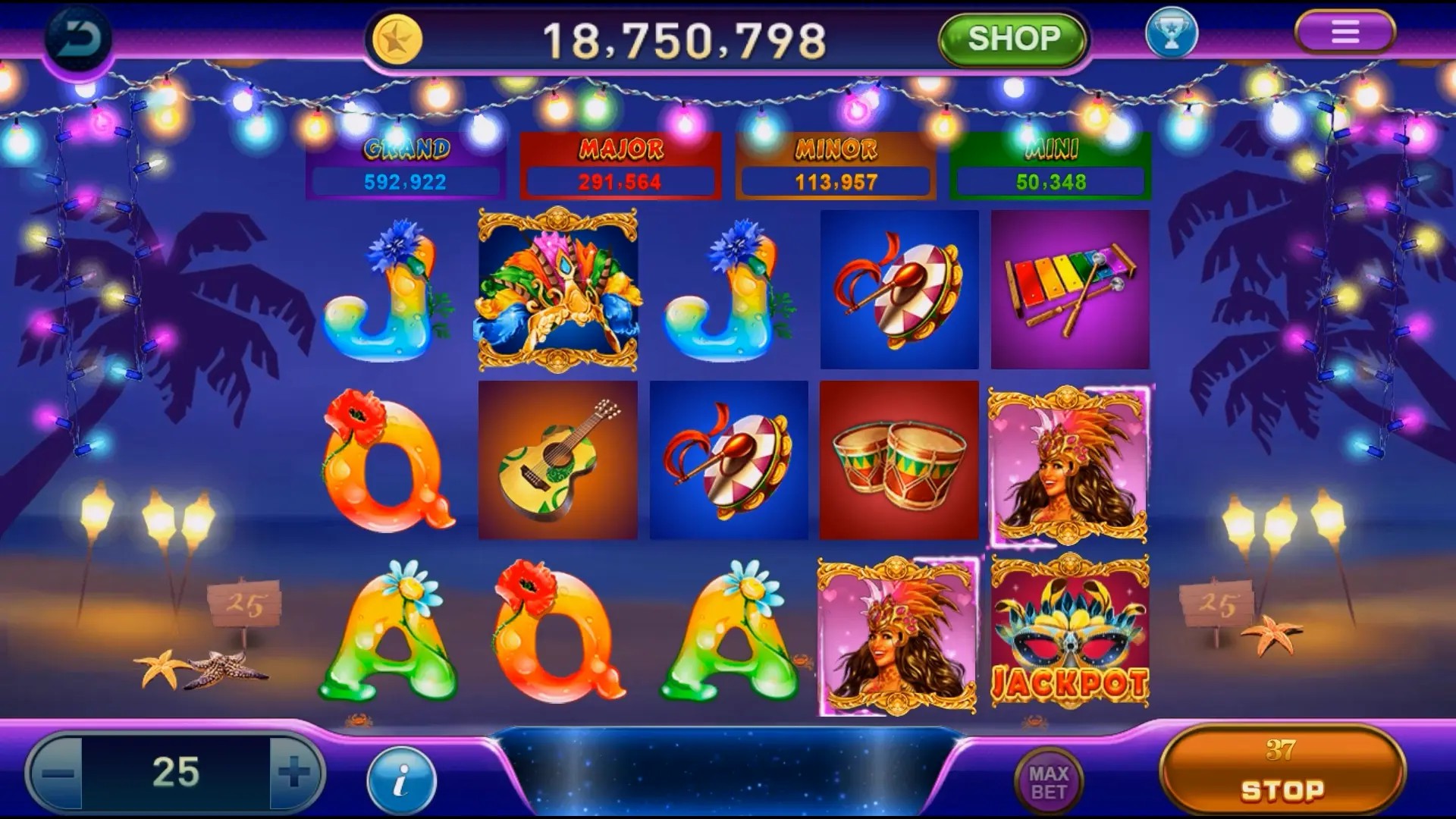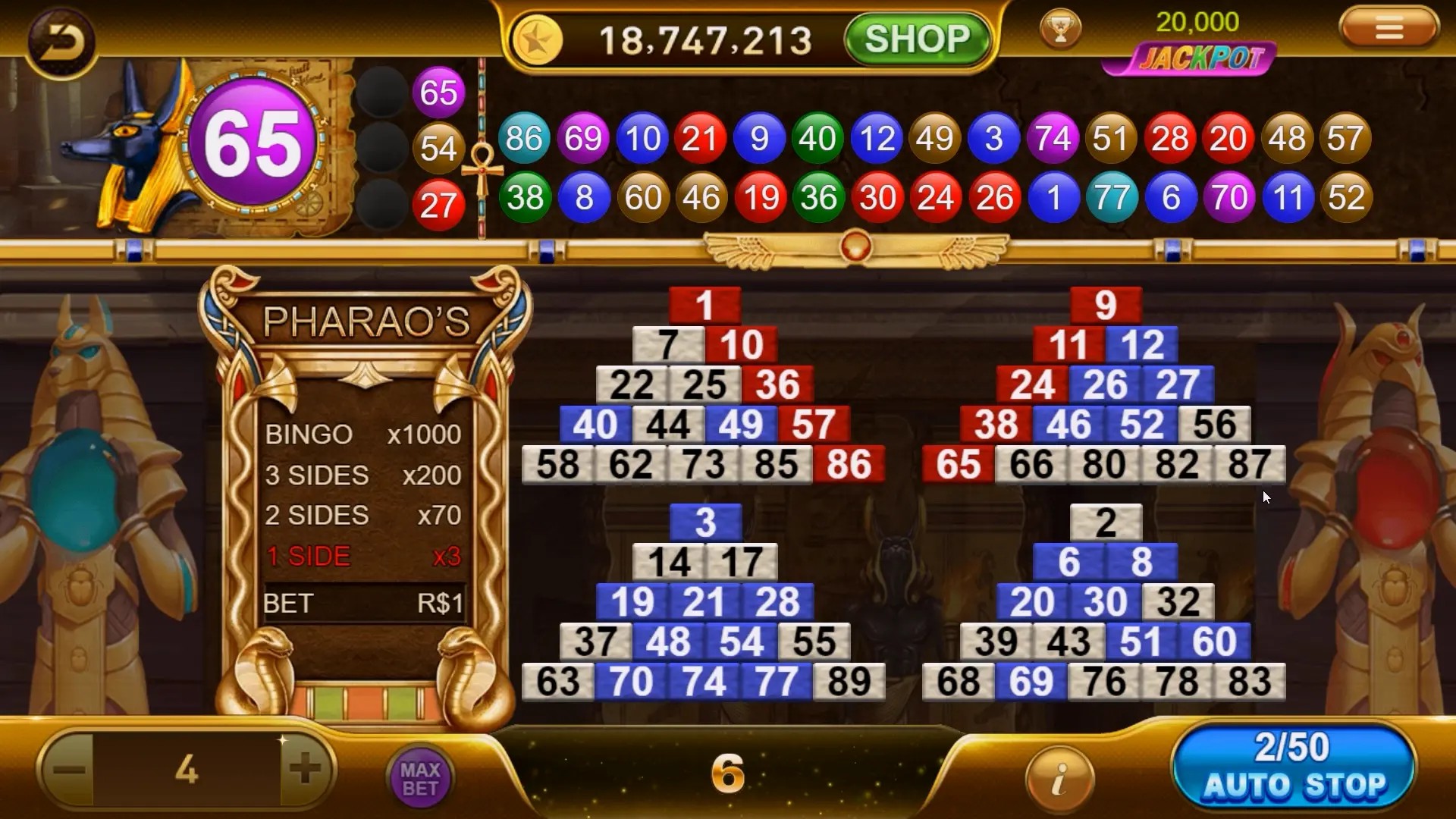Hyper Casual Games: The Surprising Power of Super Simple Mobile Gaming
Did you know that simple-looking mobile games like Flappy Bird can earn their developers six or seven figures monthly? While many associate mobile games with epic MMORPG titles like C Clash of Clans, it’s actually hyper casual gaming—a surprisingly powerful subsector—that dominates today’s downloads, especially across Europe including Germany where user behavior is shifting quickly toward minimal-commitment play.
The Hidden Depth of Seemingly Stupidly Simple Apps
At first glance, hyper casual games seem too easy—tap to fly a bird, drag to shoot a ball, maybe tilt to jump over obstacles. There isn't much depth in storylines or character development. Yet they’re downloaded millions of times per day. And users tend to stick with them, playing not out of addiction but compulsion—something subtly more profitable over time. This trend challenges our assumptions on quality in digital content: In short: Simplicity sells. Particularly well-suited to fragmented moments during commutes, waiting at doctor offices, or while commuting home after work—a typical scene observed in German urban areas from Hamburg to Munich.
Beyond the "Low-Effort" Illusion — A Strategic UX Approach
A common misconception surrounding hyper casual games is that anyone can develop them overnight using Unity drag-and-drop kits, then sit back watching the ads monetize automatically through Facebook Audience Network or Admob. But reality checks are harsh here. The competition? Brutal. Over one thousand new hyper casual titles launch each month on the App Store & Google Play alone. Success demands clever game mechanics paired intelligently designed UX elements, particularly those appealing to players under 35—which includes almost three fourths of smartphone-owning Germans.
From Flappy Bird to Fortnite Light—What Sets Successful Titles Apart?
We don’t often mention titles like Voodoo's Helix Jump next to blockbusters, let alone C Clash of Clans. After all, one requires micro-managing thousands of villagers while another might have you tapping furiously to beat high score thresholds set minutes ago by friends via a shared leaderboard link. Yet despite differing dramatically in complexity levels, the two models thrive on similar mechanics—just distilled to opposite extremes. Hyper casual focuses on core loop + virality + quick dopamine loops. Hardcore mobile hits lean into deep systems with slower, sustained progression arcs—but still must remain playable between metro stops along Berlin’s BVG routes.
Why Is the German Market So Crucial Right Now?
- Strong purchasing power: Average German gamers are willing pay up to $9 EUR monthly for premium add-ons, significantly higher than neighboring EU states’ averages.
- Data-aware but convenience-minded: GDPR compliance doesn’t deter download if value proposition clear
- Multi-screen engagement patterns – From smartphones at breakfast table to tablets in afternoon cafés
User Lifecycle Dynamics in Ultra Lightweight Apps
Contrary to belief among publishers entering the F2P realm late, low-friction games aren't merely disposable; their player life spans follow distinct phases:- Fierce interest in gameplay hook within first minute (“Do this!" prompts dominate here)
- Brief social sharing / competitive stage via leaderboards
- Possible daily reengagement for 2–7 days, before drifting begins… except among Gen Z!
Road to Riches—Revenue Models That Aren’t Just Ads
Here are primary paths taken by modern hyper casual publishers looking beyond pure interstitial-based ad units (which still account for ~60% revenue):| Monetization Strategy | Mechanism Example | Effectiveness Level |
|---|---|---|
| Ads + Incentivized Rewards | Show rewarded video, unlock boosters in game | ★★★★☆ |
| IAPs – Low Cost Purchases | Remove Ads ($1), Buy Character Skin ($2.99), Speed Up Progress | ★★★☆☆ |
| Gamified Referrals | "Beat Your Friends", Inviting Players Adds Points to XP | ★★★★☆ |
Publishing Titans Are Betting Big on Brevity
It’s no longer small studios churning hyper-casual releases weekly anymore—venerable brands have embraced these ultra-short experiences. Voodoo remains ahead in downloads globally, while Game Closure and GoodJob Games experiment heavily with interactive preview banners—essentially making “mini demos" inside feed placements themselves! Meanwhile giants such as Gameloft have launched hyper-casual companion apps to larger franchise titles like Modern Combat or Assassins Creed mobile iterations. Even C Clash of Clans has released snackable spin-offs in beta formats to test audience reception—although none have gone live yet, suggesting internal resistance perhaps towards fragmenting flagship experiences. Still, there exists enormous pressure now pushing AAA teams away from purely long-form play cycles toward shorter ones capable of cross-promoting heavier install packages later down lifecycle.Turbocharge Stickiness: Tips for Design Teams Targeting DACH Region Markets
If launching or scaling your mobile game strategy into Germany, Austria or Switzerland, be sensitive to behavioral quirks specific to those markets—like lower impulse purchase tolerance unless benefit clearly stated visually early during initial experience. Here’s checklist we’ve assembled after reviewing successful regional launches in 2024:- Languages First: Serious consideration goes into native-language menus/UIs
- No Hidden Monetization: Avoid surprise pay gates; Germans love transparency in pricing model breakdown upfront.
- Eco-Friendly Signals: Green themes, eco-themed skins gain positive press boosts in country-wide campaigns—even for seemingly lightweight genre titles such as match puzzles or endless racers
- Short Tutorial Loops: Limit instructional steps under 120 seconds; players prefer self-discovery unless UI gets really confusing
- Detect Cheats Quickly: Real money wager features require stricter enforcement against exploit tools; especially true for multiplayer mini-battles embedded in casual apps
#mobilegames, so design tight feedback rhythms, instant satisfaction and clear reward progression.Potential Risks: Not All That’s Light Shines Gold
Despite rapid downloads in Q1 2024 across major storefront frontpage placements, risks exist for companies overly focused here—for instance:⭕ Over-Saturated Categories
⭕ Ad Fatigue Creeping In With iOS IDFA Changes Reducing Reach Accuracy On iPhone Side
⛔ Heavy Copycats Flooding The Market Overnight—Including Some With Better Localization Assets Plus—with Google Play Store tightening spam detection thresholds aggressively post Q2'24 rollout—the flood of poorly-designed apps without original codebases will see increasing rejection rates in the future. Also worth bearing: While the phrase 'best weapons in Delta Force' pops up organically across game forums or Reddit posts as inspiration behind a browser-style clicker combat title—their niche relevance diminishes over weeks unless updated dynamically per emerging pop trends or real world events affecting public attention cycles.
Tying It All Together — The Outlook for 2024+ in Simplicity-Driven Gaming Landscapes
Final Verdict: Hyper-Casual Isn't Going Away—Just Maturing
- If targeting European marketplaces—Germany especially:
-
👉 Focus More on Polish and Language Translation 👉 Test Non-Reward Based Interactions Early 👉 Monitor Trends Closely—Even Delta Weapons Articles Could Seed New Mini Game Ideas



